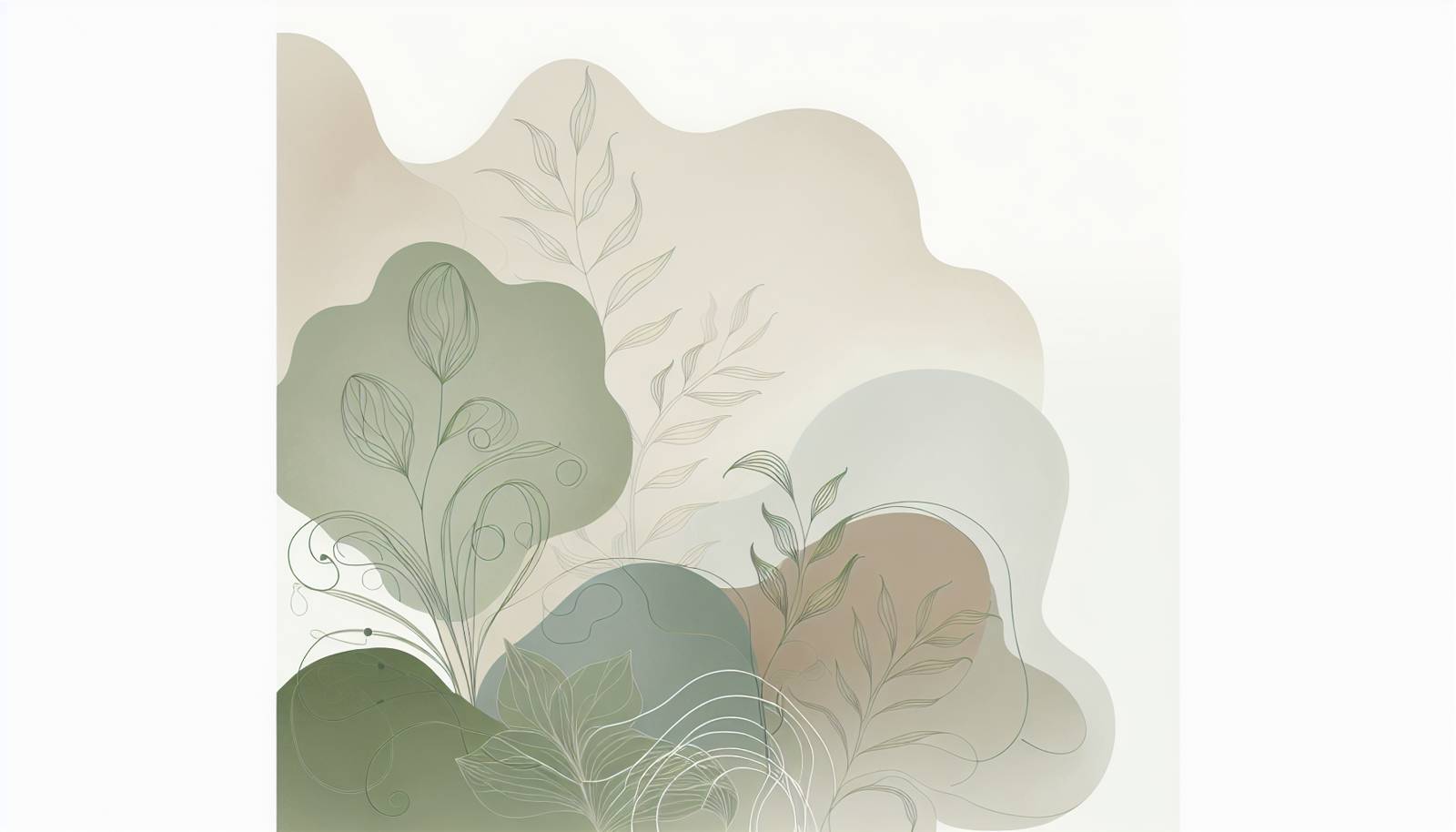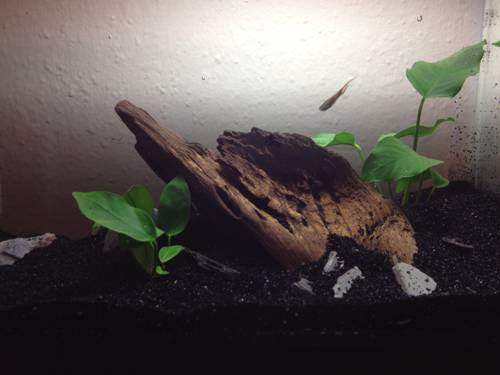
FAQ About Indoor Plant Wabi-Kusa Styling

What is Wabi-Kusa?
Wabi-Kusa is a unique form of aquascaping that involves creating arrangements of aquatic plants that can be grown either submerged or semi-submerged. Originating from Japan, Wabi-Kusa embraces the aesthetic of wabi-sabi, which finds beauty in imperfection and the natural growth forms of plants. This style is often used to create small, self-contained ecosystems that are both functional and visually appealing.

How does Wabi-Kusa differ from traditional aquascaping?
Traditional aquascaping typically involves the design of underwater landscapes within aquariums, focusing on the aesthetic arrangement of plants, rocks, and driftwood to create miniature versions of natural environments. Wabi-Kusa, on the other hand, allows for both submerged and emergent growth, often in open-top vessels, which makes it feasible for indoor environments with calmer air or moderate humidity levels.

What are the best types of plants for Wabi-Kusa?
The best plants for Wabi-Kusa are adaptable species that can thrive in both aquatic and terrestrial conditions. These include Java Moss (Taxiphyllum barbieri), various Cryptocoryne species, Anubias, ferns like Microsorum, and certain stem plants like Rotala and Ludwigia. These plants can transition between submerged and emergent growth, making them ideal for Wabi-Kusa projects.

How do you maintain a Wabi-Kusa arrangement indoors?
Maintaining a Wabi-Kusa arrangement involves monitoring humidity and light levels to simulate conditions conducive to both submerged and semi-submerged plant growth. Regular misting may be necessary for emergent plants to maintain appropriate humidity. A good light source, like LED grow lights, can support robust plant growth, while regular water changes help manage nutrient levels in the substrate.

Can Wabi-Kusa be created without a water base?
While traditionally Wabi-Kusa uses a water base to support submerged plant growth, it is possible to create a Wabi-Kusa arrangement without one, focusing on high-humidity environments to keep the plants healthy. This adaptation is more challenging and requires careful humidity control to ensure the plants receive enough moisture.

What containers are suitable for Wabi-Kusa arrangements?
Suitable containers for Wabi-Kusa arrangements include clear glass bowls, vases, or shallow aquariums. The container should be able to hold a substrate and enough water to cover the submerged portion of the plants, allowing for both aquatic and terrestrial expressions.

Is special lighting needed for Wabi-Kusa?
Effective lighting is crucial for Wabi-Kusa since plants need good light to photosynthesize efficiently. LED grow lights are often recommended due to their efficiency and spectrum suitability for plant growth. Depending on the plant species used and the location of the arrangement, natural light might also suffice, especially in well-lit areas.

How do you propagate plants in Wabi-Kusa?
Propagation in Wabi-Kusa is similar to regular plant care, where cuttings can be taken from stem plants like Rotala or Hydrocotyle and placed back into the substrate to grow. Rhizome plants like Anubias or ferns can be divided at the rhizome and replanted. Ensuring proper nutrition and light will aid in successful propagation.

What are the benefits of using Wabi-Kusa as an indoor decoration?
Wabi-Kusa offers several benefits as indoor decoration. It brings a touch of nature indoors, enhancing the aesthetic appeal of any space with its natural beauty and calming presence. These arrangements also improve air quality by adding moisture to the air and potentially removing certain toxins.

How often should the water be changed in a Wabi-Kusa setup?
Water changes are essential for maintaining water quality in a Wabi-Kusa setup. For optimal plant health and to prevent algae growth, a partial water change of around 20-30% every one to two weeks is recommended. This process helps remove excess nutrients and replenishes essential minerals for the plants.

Can Wabi-Kusa include aquatic animals?
While Wabi-Kusa is primarily focused on plant life, small aquatic animals like shrimp or snails can be included if the arrangement is large enough and conditions are suitable. However, care should be taken to ensure the environment supports animal life and that any chemicals used, such as fertilizers, are safe for fauna.

What substrates are best for Wabi-Kusa?
Choosing the right substrate is vital in Wabi-Kusa. Aquatic plant substrates that contain nutrients and can hold water are ideal, such as aquatic soil or clay-based media. These substrates provide a stable base for plant roots and supply nutrients essential for robust growth.

How can algae growth be managed in Wabi-Kusa setups?
Algae growth can be managed by controlling light exposure, performing regular water changes, and avoiding over-fertilization. Since algae thrive on excess light and nutrients, ensuring a balanced environment can help keep algae outbreaks in check. Additionally, introducing algae-eating species, such as certain shrimp or snails, into the setup can also help manage algae.

What is the significance of 'wabi-sabi' in Wabi-Kusa?
'Wabi-sabi' is a Japanese aesthetic concept that emphasizes finding beauty in imperfection and transience. In Wabi-Kusa, this philosophy reflects embracing the natural growth and changes within the plant arrangement, allowing for a serene and imperfectly beautiful presentation that evolves over time.

Can tropical plants be used in Wabi-Kusa?
Tropical plants can be used in Wabi-Kusa arrangements, especially in environments where temperature and humidity are kept consistent. Many tropical aquatic plants adapt well to both submerged and emergent conditions, making them suitable for Wabi-Kusa as long as their environmental needs are met.

Are there any disadvantages to having a Wabi-Kusa indoors?
While Wabi-Kusa can enhance indoor spaces, there are some disadvantages, such as the need for regular maintenance, potential humidity issues, and algae formation. Additionally, precise control of light and moisture levels is necessary to prevent mold and other problems associated with high humidity environments.

Can you use artificial lighting for Wabi-Kusa?
Yes, artificial lighting, such as LED grow lights, can be used effectively for Wabi-Kusa arrangements. These lights provide the necessary spectrum and intensity for plant growth and can be adjusted to simulate day and night cycles, offering flexibility in maintaining plant health indoors.

How can you achieve a balanced ecosystem in Wabi-Kusa?
Achieving a balanced ecosystem in Wabi-Kusa involves carefully managing the biotic and abiotic factors, such as light, water, and nutrient levels. Incorporating a mix of plant species that can coexist well, regular maintenance, and possibly introducing small fauna, such as snails, can help create a self-sustaining balance over time.

What common mistakes should be avoided when creating Wabi-Kusa?
Common mistakes in Wabi-Kusa setup include over-lighting, which can lead to algae outbreaks; underestimating the need for adequate humidity, causing plants to dry out; and neglecting regular maintenance, such as water changes and trimming. Careful attention to these aspects ensures a thriving setup.

Are there specific tools required for Wabi-Kusa maintenance?
While no specialized tools are specifically required for Wabi-Kusa, basic gardening tools such as scissors for trimming plants, tweezers for planting, and a small watering can or spray bottle for misting can be helpful in maintaining the arrangement effectively.
